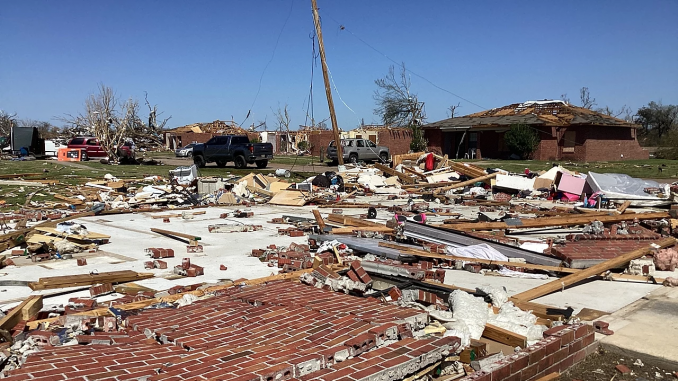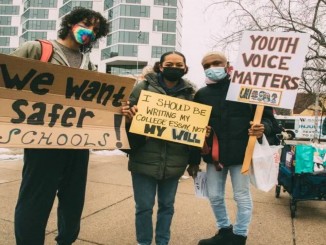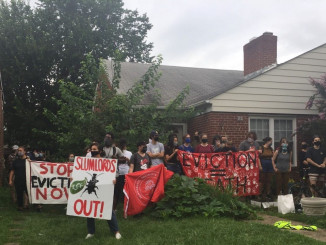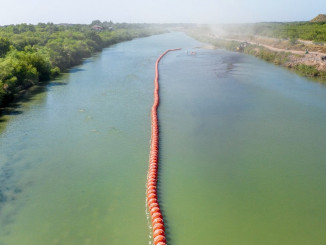
Many people in Rolling Fork, Mississippi and nearby towns are facing the loss of their loved ones, homes, and priceless personal items after the tornado last week. The whole town has been subjected to mass destruction and heartbreak.
Could this extreme scale of devastation from the home-uprooting tornado have been prevented? Or is it the unavoidable result of uncontrollable weather? Is it just coincidence that most of those in the path of destruction were Black and low-income communities?
Warmer temperatures in the southern U.S. make tornado-creating conditions more likely to occur. This tornado was in the 1% of the worst tornadoes on record due to its high wind speeds, total distance traveled, and sheer size. The tornado itself may have been rare, but the fact that it hit a town that has already weathered the storms of poverty and racism is not. In Rolling Fork, 80% of the residents are Black and 21% live below the government’s official poverty line.
Any relief that government assistance can offer the town will be too little, too late. Rolling Fork, Mississippi has been subjected to tornadoes and other violent storms before. Why, then, does 30% of the population there still live in mobile homes, which are significantly more susceptible to damage from tornadoes? The government assistance should have come in tornado-sound housing for the residents of Rolling Fork, not in the form of post-disaster relief that will not rebuild nor make up for the loss of a whole town.
We must fight to meet our need to live in strong, sustainable communities that are built to last and built to minimize the damage from destructive storms, like this tornado. The One Percent and their politicians aren’t going to do what’s needed without us pushing them.




